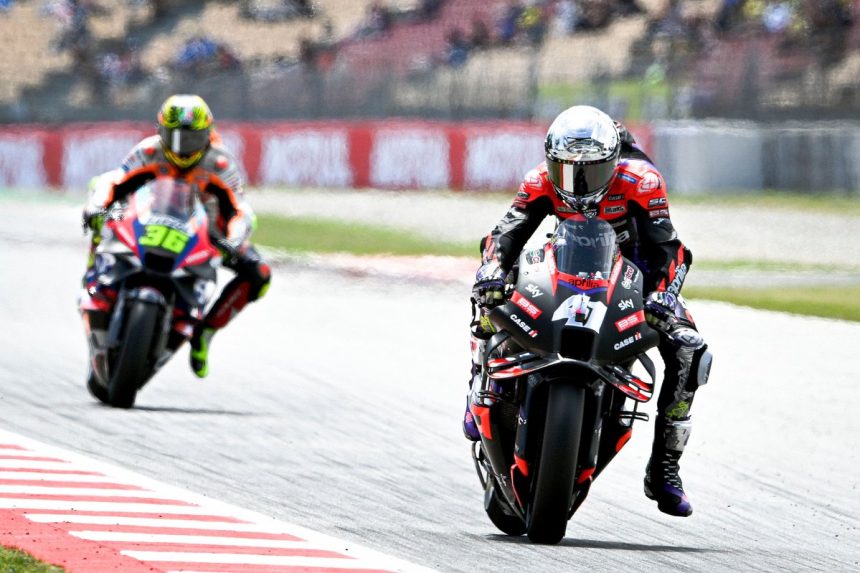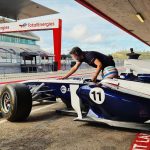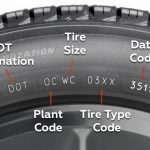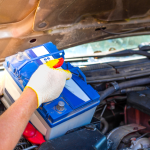MotoGP is the pinnacle of motorcycle racing, where the world’s top riders race at exhilarating speeds on highly advanced machines. The thrill of MotoGP has captivated millions of fans, and for many motorcycle enthusiasts, becoming a MotoGP rider represents the ultimate dream. However, the journey to this elite level is challenging, demanding years of practice, dedication, and a deep love for racing. From mastering basic riding skills to racing in Moto3 and Moto2, becoming a MotoGP rider requires more than just raw talent—it takes perseverance and strategy.
In this article, we’ll explore the key steps needed to make it to the top and become a MotoGP rider.
Master the Basics Early
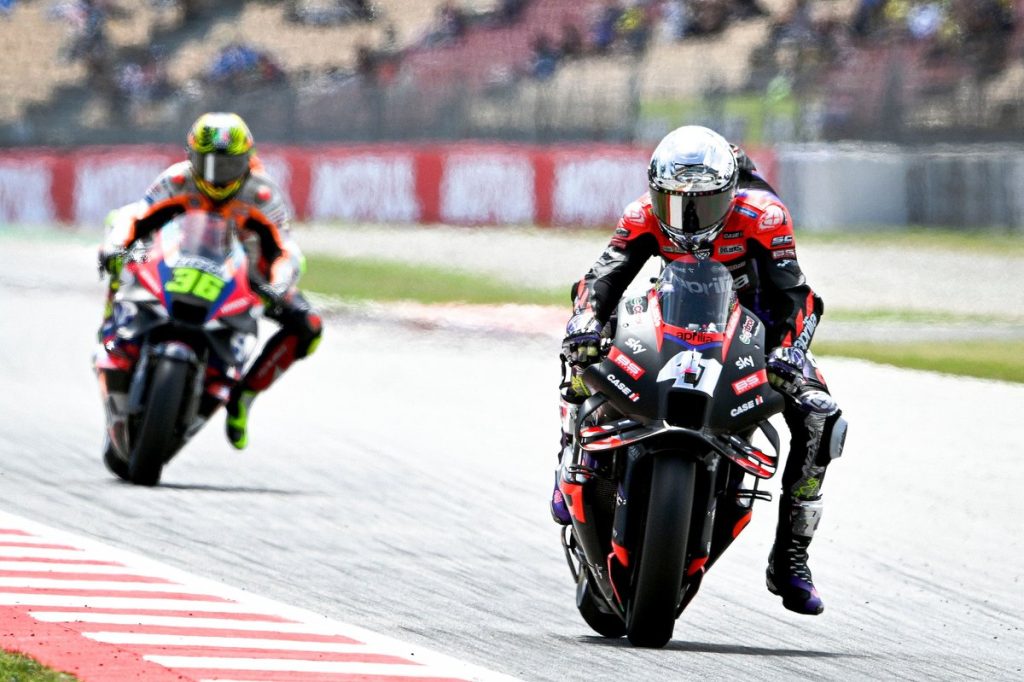
Many of the world’s greatest MotoGP riders started young, often as children. The earlier you begin honing your riding skills, the better your chances of reaching the top. Many riders start out on small bikes, such as mini-motos or pocket bikes. These miniature motorcycles provide an excellent introduction to basic riding techniques such as throttle control, balance, and cornering. Most future MotoGP riders begin riding between the ages of 4 and 10.
It is also essential to get accustomed to proper safety gear early on. From helmets to gloves and leathers, wearing the right gear protects young riders and teaches them the importance of safety in racing.
Join Local Racing Clubs and Competitions
Once you’ve mastered the fundamentals, the next step is to start racing competitively. Local racing clubs and competitions are where most aspiring MotoGP riders get their first taste of real competition. Depending on where you live, there are likely junior racing leagues or amateur races that allow young riders to compete against one another. Many riders get their start on karting tracks, where they can learn how to race in a controlled environment. This builds essential racecraft skills like timing, overtaking, and cornering.
As you gain more experience and confidence, participating in amateur leagues can further enhance your development as a rider. These competitions not only hone your skills but also help you get noticed by teams or sponsors. Consistently performing well in local races is key to progressing further in your career.
Climb the Racing Ladder: Moto3 and Moto2
Aspiring MotoGP riders must progress through a structured racing hierarchy, beginning with Moto3, then moving up to Moto2 before finally making it to MotoGP. Moto3 serves as the entry-level class in Grand Prix motorcycle racing, with riders competing on 250cc four-stroke bikes. Many current MotoGP stars, including Marc Márquez and Joan Mir, began their professional careers in Moto3.
Once you’ve proven yourself in Moto3, the next step is Moto2, where riders compete on more powerful 765cc four-stroke bikes. Moto2 is regarded as the final stepping stone to MotoGP, and strong performances here can catch the attention of MotoGP teams.
Success in Moto3 and Moto2 requires not only skill but consistency. Teams and sponsors look for riders who can perform well over an entire season and handle the physical and mental demands of international racing. Riders who excel in these categories often get the chance to move up to MotoGP.
Physical and Mental Fitness: Train Like a Pro
Being a MotoGP rider is physically demanding. Riders must be in top physical condition to handle the speed, G-forces, and intense focus required during races. Physical training, particularly cardiovascular endurance and strength training, plays a significant role in preparing riders for competition.
Cardiovascular fitness is crucial, as MotoGP riders often race for over 40 minutes at a time, maintaining high levels of concentration and exertion. Strength training, particularly for the core, shoulders, and legs, helps riders maintain control of their powerful motorcycles. Flexibility is also essential for quick movements and handling the demanding physical positions required during races.
Beyond physical fitness, mental resilience is just as important. MotoGP riders must stay calm under pressure, make split-second decisions at high speeds, and recover mentally from setbacks, such as crashes or poor results. Many riders work with sports psychologists to improve focus, build mental toughness, and stay sharp throughout a long racing season.
Secure Sponsorship and Support
Racing is an expensive sport, and as you move up the ranks, it becomes even more costly. Aspiring MotoGP riders need financial backing to afford equipment, travel, and race entry fees. Securing sponsorships is a critical part of advancing a racing career.
Most riders start by building a reputation in their local or regional racing scene. Sponsors are more likely to support riders who are successful, passionate, and professional. Networking within the racing community, attending races, and making connections with team managers and industry professionals are vital steps in securing the financial support necessary for continued growth in the sport.
Sponsorships can provide more than just financial aid; they often open doors to better racing opportunities, access to top-tier equipment, and the chance to work with elite teams.
Join a Racing Academy
For many young riders, joining a professional racing academy is a key step toward reaching MotoGP. These academies provide access to world-class coaching, high-quality equipment, and opportunities to race against other top riders. They also offer mentorship from seasoned professionals who understand what it takes to make it in MotoGP.
The VR46 Academy, founded by Valentino Rossi, is one of the most renowned motorcycle racing academies in the world. Riders who attend this academy receive expert training and valuable exposure, often racing alongside future MotoGP stars. Other programs, like the Red Bull Rookies Cup, provide a similar platform for talented young riders to showcase their abilities on the international stage.
Attending a racing academy can help you refine your skills, learn from top coaches, and gain the experience needed to make the leap to professional racing.
Breaking into MotoGP
Once you’ve gained experience and success in Moto3 and Moto2, the final step is to break into MotoGP. Teams like Yamaha, Ducati, and Honda are always on the lookout for talented riders who can compete at the highest level. Signing a contract with a MotoGP team is the ultimate goal for any aspiring rider.
Riders who consistently perform well in Moto2 and attract attention from MotoGP scouts can earn a coveted spot on the grid. However, breaking into MotoGP is not the end of the journey. It takes continued hard work, dedication, and improvement to compete with the best riders in the world.
The Challenges of Being a MotoGP Rider
Becoming a MotoGP rider is a dream come true, but it’s also a demanding and risky career. MotoGP races are physically punishing, and the risk of injury is ever-present. Riders must constantly push themselves to the limit to stay competitive, which can lead to injuries that might sideline them for weeks or even end their careers.
Beyond the physical challenges, the mental strain of staying at the top of the sport can be intense. MotoGP riders are under constant pressure to perform, and even the slightest mistake can cost them valuable points in the championship standings.
Despite these challenges, the rewards of being a MotoGP rider are undeniable. The thrill of competing on the world stage, the satisfaction of mastering a motorcycle at high speeds, and the possibility of etching your name into the history books make all the hard work and sacrifices worthwhile.
Achieving MotoGP Glory
Becoming a MotoGP rider is a long and challenging journey, but for those with the passion, talent, and determination, it’s a dream that can become a reality. From starting on mini-motos to climbing the ranks through Moto3 and Moto2, every step requires dedication, hard work, and a strategic approach to training and competition.
By mastering the basics early, competing in local and international races, training your body and mind, securing sponsorships, and seeking out top-level coaching, you can build the foundation needed for success. While the road is tough, the glory of becoming a MotoGP rider—racing on tracks like Mugello, Silverstone, and Circuit of the Americas—makes it a pursuit worth every effort.




